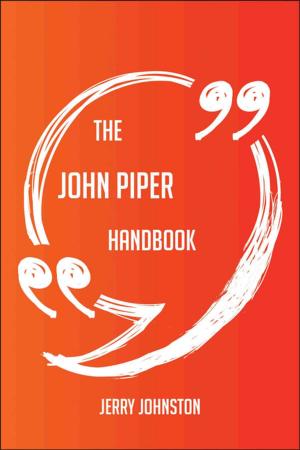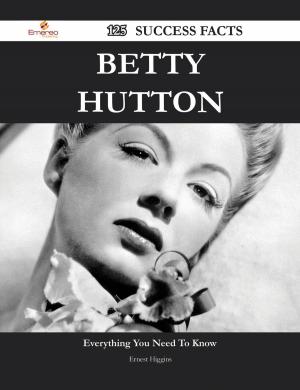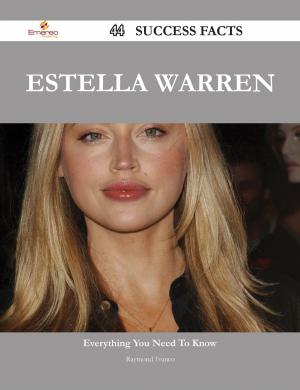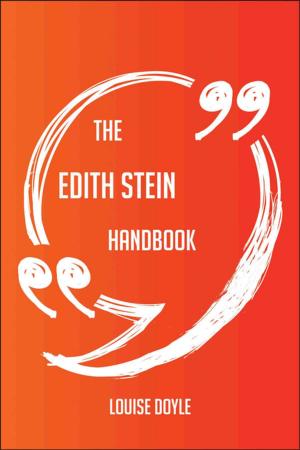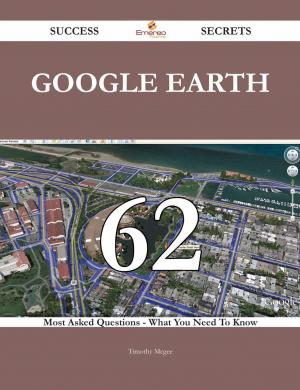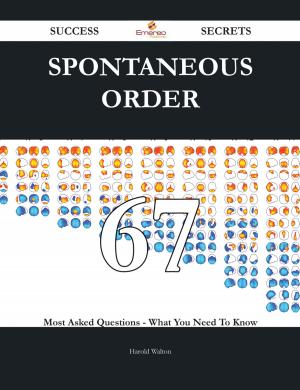Leadwork - Old and Ornamental and for the most part English - The Original Classic Edition
Nonfiction, Reference & Language, Reference, Fiction & Literature| Author: | W. R. (William Richard) Lethaby | ISBN: | 9781486495825 |
| Publisher: | Emereo Publishing | Publication: | March 13, 2013 |
| Imprint: | Emereo Publishing | Language: | English |
| Author: | W. R. (William Richard) Lethaby |
| ISBN: | 9781486495825 |
| Publisher: | Emereo Publishing |
| Publication: | March 13, 2013 |
| Imprint: | Emereo Publishing |
| Language: | English |
Finally available, a high quality book of the original classic edition of Leadwork - Old and Ornamental and for the most part English. It was previously published by other bona fide publishers, and is now, after many years, back in print.
This is a new and freshly published edition of this culturally important work by W. R. (William Richard) Lethaby, which is now, at last, again available to you.
Get the PDF and EPUB NOW as well. Included in your purchase you have Leadwork - Old and Ornamental and for the most part English in EPUB AND PDF format to read on any tablet, eReader, desktop, laptop or smartphone simultaneous - Get it NOW.
Enjoy this classic work today. These selected paragraphs distill the contents and give you a quick look inside Leadwork - Old and Ornamental and for the most part English:
Look inside the book:
We may take this first opportunity of remarking that the patterns for all ornament intended for casting should be modelled like these, never carved, as is now so universally the case for cast iron and the applied enrichments of picture frames, the reason being that cast material of this sort, so easily injured, is unsuited for giving definition and high relief, and should accept all the limitations of material frankly and make the most of dull suggestiveness; for in all these the “best are but shadows” the modelling emerging from or melting away in the ground. ...Within three years afterwards a great part of the spire of timber covered with lead being weak and in danger of falling was taken down and a new cross, with pommel large21 enough to contain ten bushels of corn, well gilt was set on the top thereof by Gilbert de Segrave the Bishop of London with great and solemn procession, and relics of saints were placed in it.
About W. R. (William Richard) Lethaby, the Author:
The Guild was formed from a nucleus drawn from two separate groups, the St George’s Art Society, a group of architects who had seen service in the offices of Norman Shaw, including Ernest Newton, Mervyn Macartney, Reginald Barratt, Edwin Hardy, Lethaby and Edward Schroeder Prior, and the Fifteen, founded by the designer and writer Lewis Day and the illustrator and designer Walter Crane. ...From 1889 Lethaby worked only part time for Shaw and increasingly practiced independently, designing a wide range of products - books, furniture and stained glass as well as buildings - exploring the mystical symbolism of medieval and non-European design and architecture: themes he was to elaborate in his first and most famous (though arguably least representative) book Architecture, Mysticism, and Myth, published in 1891.
Finally available, a high quality book of the original classic edition of Leadwork - Old and Ornamental and for the most part English. It was previously published by other bona fide publishers, and is now, after many years, back in print.
This is a new and freshly published edition of this culturally important work by W. R. (William Richard) Lethaby, which is now, at last, again available to you.
Get the PDF and EPUB NOW as well. Included in your purchase you have Leadwork - Old and Ornamental and for the most part English in EPUB AND PDF format to read on any tablet, eReader, desktop, laptop or smartphone simultaneous - Get it NOW.
Enjoy this classic work today. These selected paragraphs distill the contents and give you a quick look inside Leadwork - Old and Ornamental and for the most part English:
Look inside the book:
We may take this first opportunity of remarking that the patterns for all ornament intended for casting should be modelled like these, never carved, as is now so universally the case for cast iron and the applied enrichments of picture frames, the reason being that cast material of this sort, so easily injured, is unsuited for giving definition and high relief, and should accept all the limitations of material frankly and make the most of dull suggestiveness; for in all these the “best are but shadows” the modelling emerging from or melting away in the ground. ...Within three years afterwards a great part of the spire of timber covered with lead being weak and in danger of falling was taken down and a new cross, with pommel large21 enough to contain ten bushels of corn, well gilt was set on the top thereof by Gilbert de Segrave the Bishop of London with great and solemn procession, and relics of saints were placed in it.
About W. R. (William Richard) Lethaby, the Author:
The Guild was formed from a nucleus drawn from two separate groups, the St George’s Art Society, a group of architects who had seen service in the offices of Norman Shaw, including Ernest Newton, Mervyn Macartney, Reginald Barratt, Edwin Hardy, Lethaby and Edward Schroeder Prior, and the Fifteen, founded by the designer and writer Lewis Day and the illustrator and designer Walter Crane. ...From 1889 Lethaby worked only part time for Shaw and increasingly practiced independently, designing a wide range of products - books, furniture and stained glass as well as buildings - exploring the mystical symbolism of medieval and non-European design and architecture: themes he was to elaborate in his first and most famous (though arguably least representative) book Architecture, Mysticism, and Myth, published in 1891.

